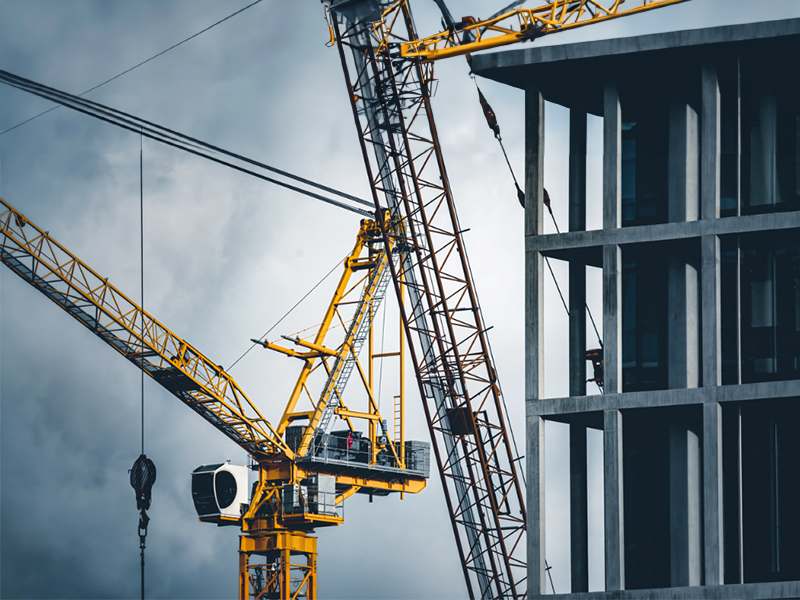
Ensuring Tower Crane Safety: A General Guide
Tower cranes play a crucial role in the construction industry, facilitating the lifting and movement of heavy materials to great heights. While these towering machines are essential for efficient construction, ensuring tower crane safety is of paramount importance. Construction sites are inherently risky environments, and the proper operation of tower cranes is essential to prevent accidents, injuries, and fatalities. This article delves into key aspects of tower crane safety, highlighting best practices and measures to mitigate risks.
- Training and Certification:
One of the fundamental pillars of tower crane safety is ensuring that operators are well-trained and certified. Operating a tower crane requires specialized skills and knowledge. Comprehensive training programs should cover crane operation, load handling, emergency procedures, and an understanding of the equipment's limitations. Certification ensures that operators meet industry standards, reducing the likelihood of errors due to inadequate training.
- Routine Inspections and Maintenance:
Regular inspections and maintenance are critical to identifying and addressing potential issues before they escalate. Inspections should be conducted by qualified personnel, checking for any signs of wear, corrosion, or damage. Routine maintenance, including lubrication, ensures that all components function smoothly. Addressing any identified problems promptly helps prevent malfunctions that could lead to accidents.
- Load Management:
Efficient load management is central to tower crane safety. Before lifting any load, operators must consider the crane's load capacity, the radius of the load, and environmental conditions such as wind speed. Overloading is a leading cause of crane accidents, making it imperative for operators to adhere to load capacity guidelines and use load indicators to monitor the load during operation.
- Weather Monitoring:
Weather conditions significantly impact the safe operation of tower cranes. High winds, lightning, or heavy rain can compromise stability and pose serious risks. Operators must closely monitor weather forecasts and cease crane operations if adverse conditions are imminent. Additionally, cranes should be equipped with anemometers and wind-speed indicators to provide real-time data on wind conditions.
- Communication:
Effective communication is crucial on construction sites, especially when operating tower cranes. Clear communication between the crane operator and ground personnel helps coordinate lifts safely. Using standardized hand signals, two-way radios, or other communication devices ensures that everyone involved is on the same page, reducing the risk of misunderstandings or errors.
- Fall Protection:
Tower crane safety extends beyond the crane itself to include fall protection for workers at height. Properly designed and installed guardrails, safety nets, and personal fall arrest systems are essential to prevent falls from the crane's structure or during the transfer of materials.
- Emergency Procedures:
Despite precautions, emergencies can still occur. Adequate emergency procedures must be in place, and all personnel involved should be well-versed in them. This includes evacuation plans, rescue procedures, and emergency contact information. Regular drills can help ensure that everyone on the site is prepared to respond effectively in case of an emergency.
Conclusion:
Tower crane safety is a shared responsibility that requires a commitment to training, maintenance, communication, and adherence to established protocols. By prioritizing safety measures, the construction industry can minimize the risks associated with tower crane operations, creating a safer working environment for all involved. Construction sites that prioritize safety not only protect their workforce but also contribute to the overall success and sustainability of the industry.



